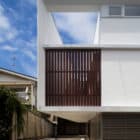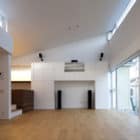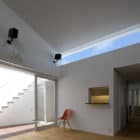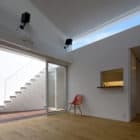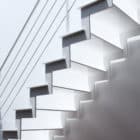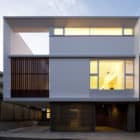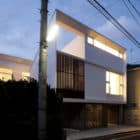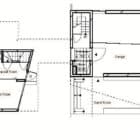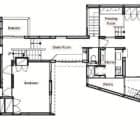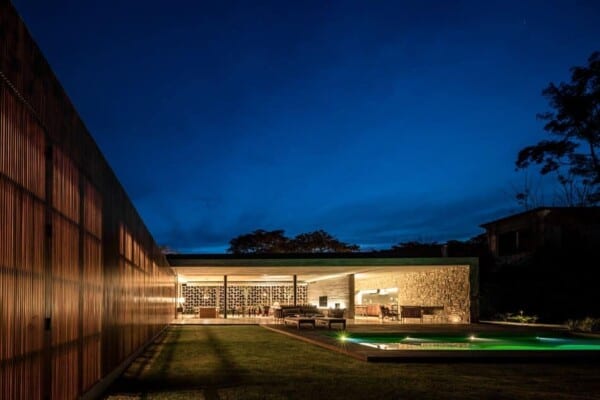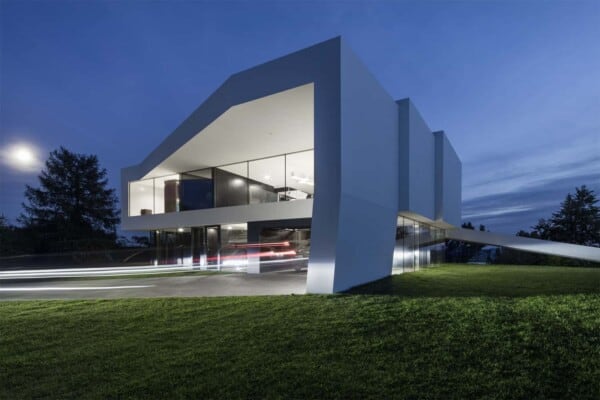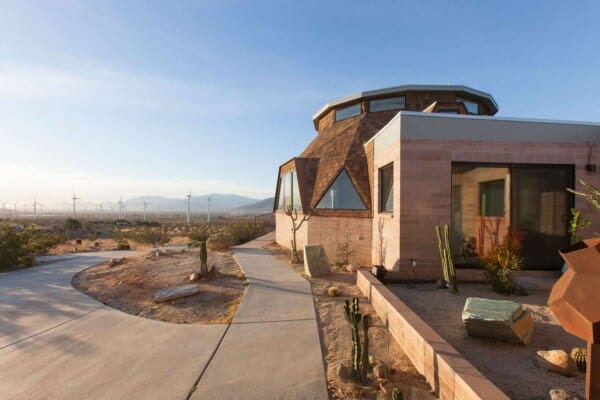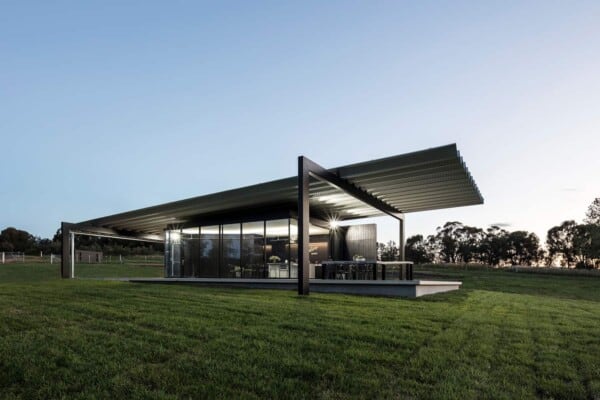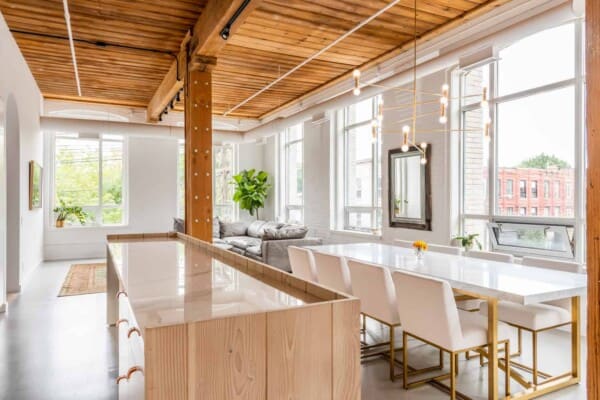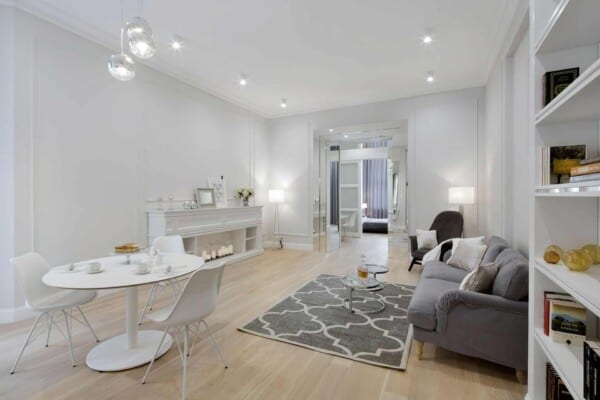Located in Tokyo, Japan is the Twin Megaphones by Atelier Tekuto + Yasuhiro Yamashita + Toshiyuki Fujimori.
The house was designed to maximize functionality for the needs of the clients within the parameters of the site.
Twin Megaphones by Atelier Tekuto + Yasuhiro Yamashita + Toshiyuki Fujimori:
“In Japanese, the word shitsurae means “installation” or “arrangement.” To simplify a bit, it means to arrange a given object or situation in a way that suits its nature and creates beauty. For example, it is difficult to manufacture the tea bowls used in the Japanese tea ceremony by means of an industrial process. Artists who work in clay produce these bowls by means of a process of trial and error so that they fit comfortably and naturally into human hands. This process is an example of what is meant by shitsurae. Things are edited and revised in Japan many times over; there are countless ways to achieve comfort, and the process takes no small amount of time.
The design of this project took two and a half years. Normally, it takes from eight months to a year to design a residence of this size, but we spent from two to three times that long. The longer design period reflects the fact that we took plenty of time to examine the needs and requests of the family that was to live in the house while thinking about functionality in the context of architecture. I wanted the structure to exert a better influence on this family both currently and in the future because the clients, a couple in their forties who were extremely interested in my homes and their five- and eight-year-old daughters, had told me that they wished to enjoy the creative process together. We had countless conversations about what the family truly wanted and what kind of lifestyle they wished to enjoy. We drew diagrams and explored a variety of features in depth, and the answers we discovered can be found in this plan and cross-section.”
The process began with the discovery of the shape and size of the plot and the potential of the land. The site we chose, which is located in an upscale neighborhood in Tokyo, is larger than the usual size. It runs north-south, with both sides fronting on roads. Having been given the condition that the plot have a change in elevation in the middle, we sought ways to rationally and effectively let in light and wind due to the timeless comfort that these two elements convey to the family. As a result, we ended up with a structure consisting of two trapezoidal volumes offset in terms of both plan and elevation and connected by a bridge.
By letting light in on the eastern and southern sides but keeping it out on the western side of the structure, we were able to limit mugginess in the evenings, and we were able to take a creative approach to allowing wind in from various sides precisely because we spent so much time on the design of the home. We also brought flow lines resembling a Mobius strip to the first and second floors as well as the rooftop so that the occupants could move back and forth between the interior and exterior spaces in an intricate and limitless fashion. This is a technique for preserving flexibility in functionality that changes together with the passage of time.
While not showy or flamboyant, the structure exhibits a high degree of completeness as a home that is ideally suited to its location and family.”
Photos by: Toshihiro Sobajima























